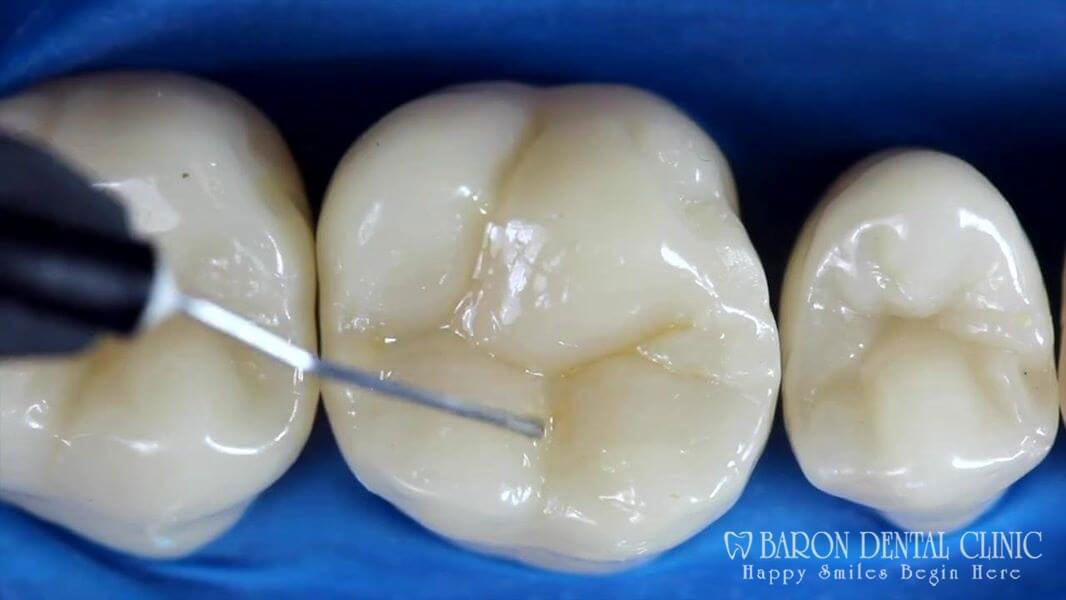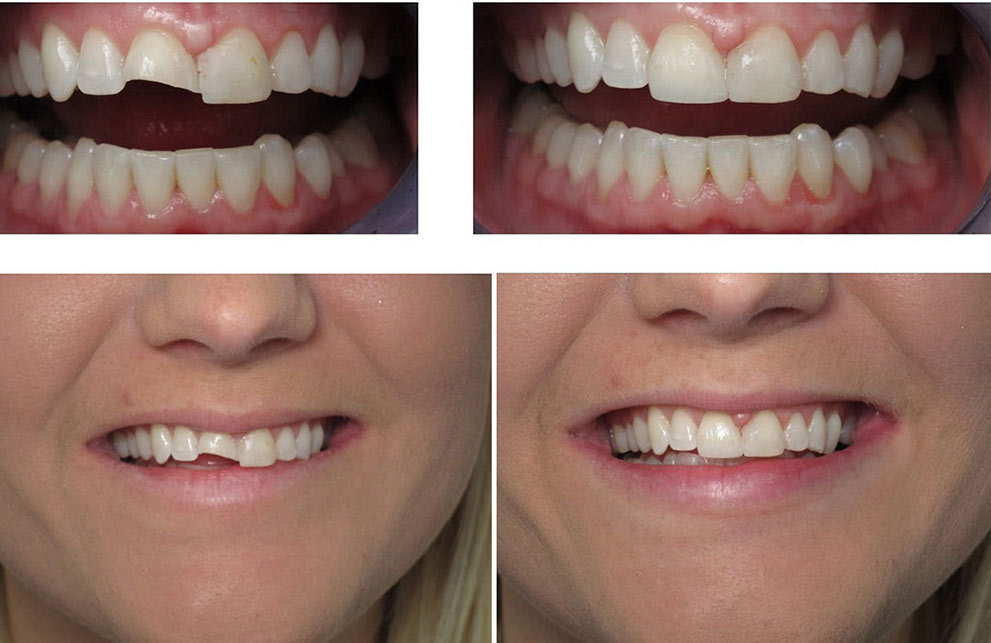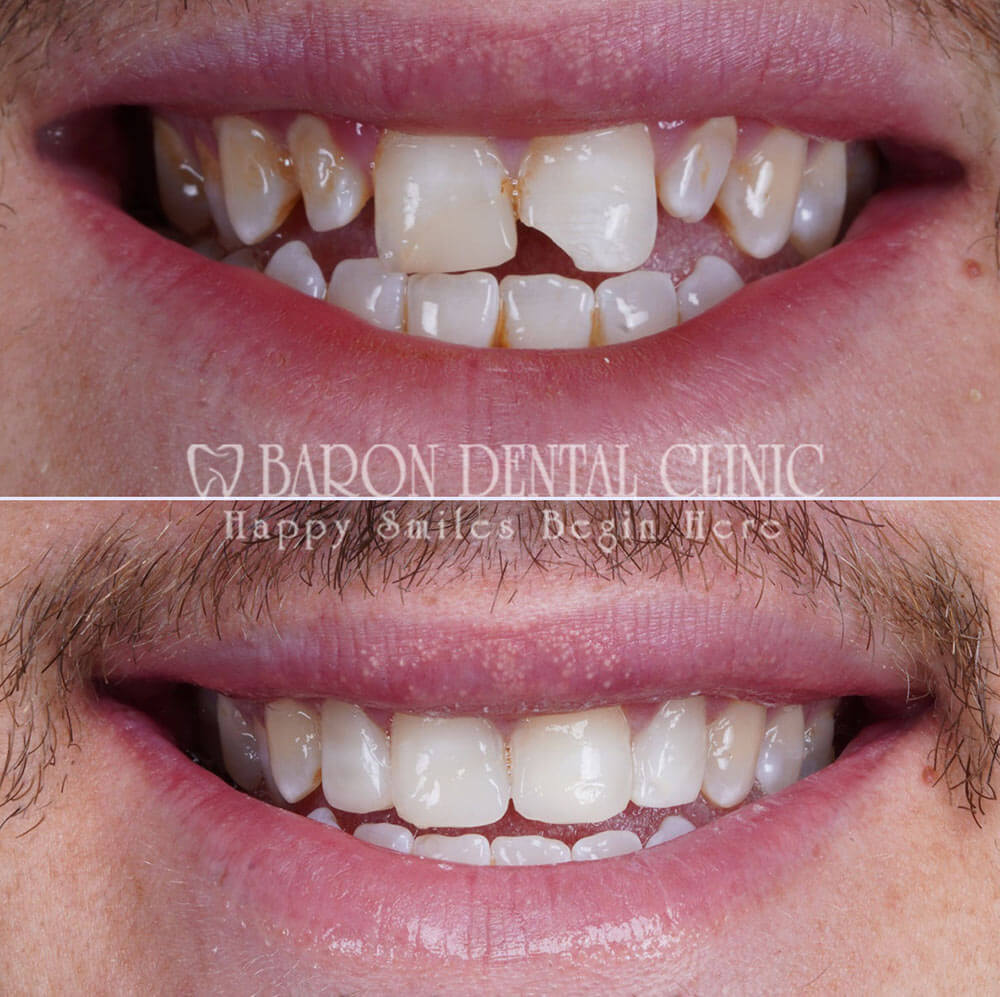Composite Bonding
Composite fillings are aesthetic restorations that match the color of your teeth and are applied with minimal loss of dental tissue. Although these fillings have been known for years, they were not widely preferred due to their physical characteristics—such as resistance to pressure and tension—and their weaknesses in bonding to dental tissue. However, advancements in technology have addressed these issues, making composite fillings the most commonly used material today.
Advantages of Composite Fillings:
- Aesthetic Appearance: Composite fillings are made to match the natural color of your teeth, providing a more natural and aesthetically pleasing look.
- Minimal Tissue Loss: The application of composite fillings involves minimal removal of healthy dental tissue.
- Adhesive Bonding: Unlike amalgam fillings that use mechanical attachment, composite fillings are applied using adhesive bonding systems, eliminating the need to remove extra healthy tooth structure for attachment.
- Durability: Modern composites are designed to be resistant to pressure and tension.
Uses:
Composite fillings have replaced silver and mercury-based amalgam fillings. They are preferred by dentists today due to their aesthetic benefits and reduced harm to dental tissue.
Maintenance and Longevity:
- Long-Term Use: With proper care, composite fillings can last 10-15 years, similar to amalgam fillings.
- Usage Conditions: The lifespan of composite fillings may be shorter if teeth are subjected to inappropriate use, such as cracking nuts, biting nails, or breaking ice. In such cases, replacement may be necessary.
Composite fillings offer both aesthetic and durable solutions, making them a popular choice in modern dentistry. With the right care and usage, they provide a long-lasting and effective solution for restoring teeth.




